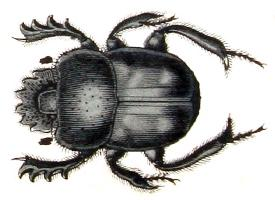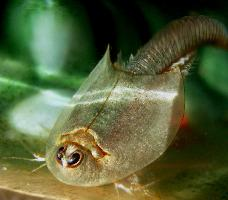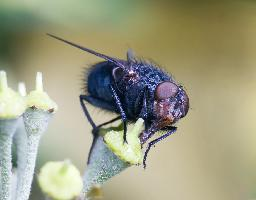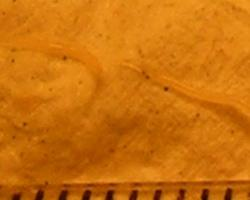
Popis zvířete
The Sacred Scarab, scientifically known as Scarabaeus sacer, is a captivating beetle that holds significant historical and cultural importance, particularly within ancient Egyptian civilization. This remarkable insect is part of the Scarabaeidae family, which encompasses a wide variety of dung beetles. The Sacred Scarab, however, is distinguished not just by its biological characteristics but also by its deep symbolic and religious significance that spans centuries.Physically, the Sacred Scarab is a robust beetle, with adults typically measuring between 1.5 to 3 centimeters in length. Its body is characterized by a hard exoskeleton that exhibits a striking black or dark brown coloration, which can sometimes have a metallic sheen under direct sunlight. The exoskeleton serves as a protective armor against predators and environmental hazards. One of the most distinctive features of the Sacred Scarab is its strong, curved front legs, which are highly adapted for digging in the soil and shaping dung into balls.
The life cycle of the Sacred Scarab is fascinating and is a key aspect of its ecological role. These beetles are known for their unique behavior of rolling dung into balls, which serve multiple purposes. The female Sacred Scarab lays her eggs in these dung balls, which, upon hatching, provide the larvae with a rich source of nutrition. This behavior not only aids in the beetle's reproduction but also plays a crucial role in nutrient recycling, soil aeration, and the control of dung-borne pests, highlighting the beetle's importance in its ecosystem.
Sacred Scarabs are predominantly found in the Mediterranean region, thriving in habitats that range from desert fringes to grasslands and agricultural fields where they can find ample dung for feeding and reproduction. Their diet consists mainly of the dung of herbivorous animals, which they locate using their keen sense of smell.
Beyond its ecological role, the Sacred Scarab holds profound symbolic significance in ancient Egyptian culture. It was revered as a symbol of rebirth, renewal, and the sun's cycle due to its behavior of rolling dung balls across the ground, which was metaphorically associated with the sun's daily journey across the sky. The image of the scarab beetle was widely used in Egyptian art, amulets, and jewelry, serving as a talisman for protection and a symbol of the pharaoh's power and divine manifestation.
Today, the Sacred Scarab continues to captivate the interest of scientists, historians, and enthusiasts alike. Its unique blend of ecological importance and cultural heritage makes it a fascinating subject of study and a reminder of the intricate connections between nature and human civilization. Conservation efforts are crucial to ensuring the survival of this species, which, despite its resilience, faces threats from habitat loss and environmental changes. The Sacred Scarab stands as a testament to the marvels of the natural world and the enduring legacy of ancient cultures.
Podobná zvířata
Nové fotografie zvířat
Top 10 zvířat
- Chinese water dragon (Physignathus cocincinus)
- Galápagos tortoise (Geochelone nigra complex)
- Dolphin gull (Leucophaeus scoresbii)
- Japanese macaque (Macaca fuscata)
- Colombian red howler (Alouatta seniculus)
- Sea urchins (Echinoidea)
- Moustached guenon (Cercopithecus cephus)
- Diana monkey (Cercopithecus diana)
- Common reed warbler (Acrocephalus scirpaceus)
- Common house mosquito (Culex pipiens)


